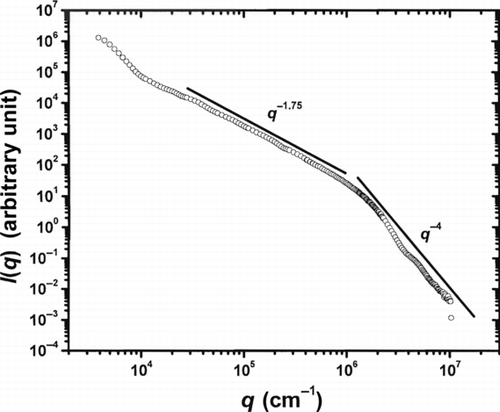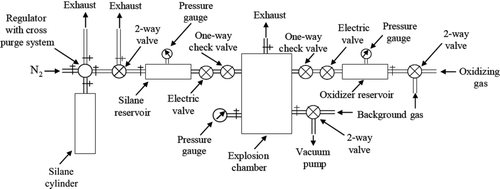Figures & data
FIG. 2 Silica aerosol gels prepared using oxygen as the oxidizer and nitrogen as a background gas when the silane to oxygen molar ratio was 0.5 (stoichiometric). The dish is 9 cm in diameter.
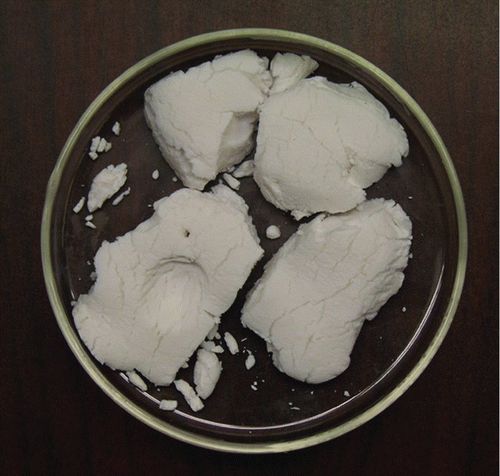
FIG. 3 TEM images of silica aerosol gels prepared using carbon dioxide (left) and helium (right) as the background gas.
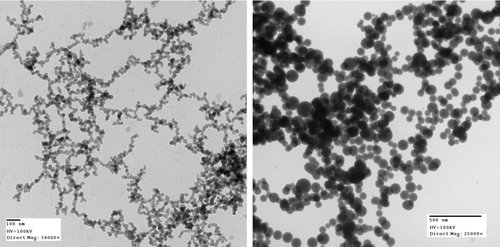
FIG. 4 X-ray diffraction patterns for the silica aerosol gel (upper curve) and powdered amorphous silica.
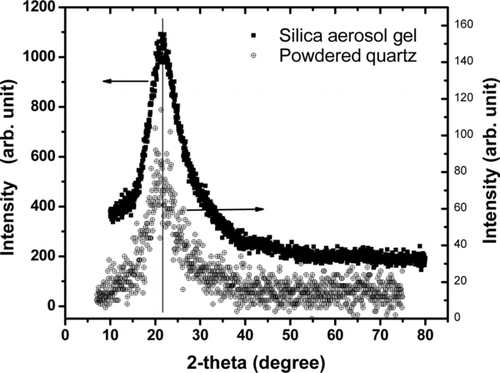
FIG. 5 Combined USANS and SANS result from a collapsed silica aerosol gel sample. Scattered neutron intensity I(q) is plotted versus the scattering wave vector q. Clearly evident are power-law regimes: ∼q −1.75 at intermediate q indicative of a mass fractal aggregate and ∼q −4 at high q indicative of the 3d monomer structure. Stronger power-law decay of scattered intensity at low q can be explained as an artifact of the collapsing of the aerosol gel.
